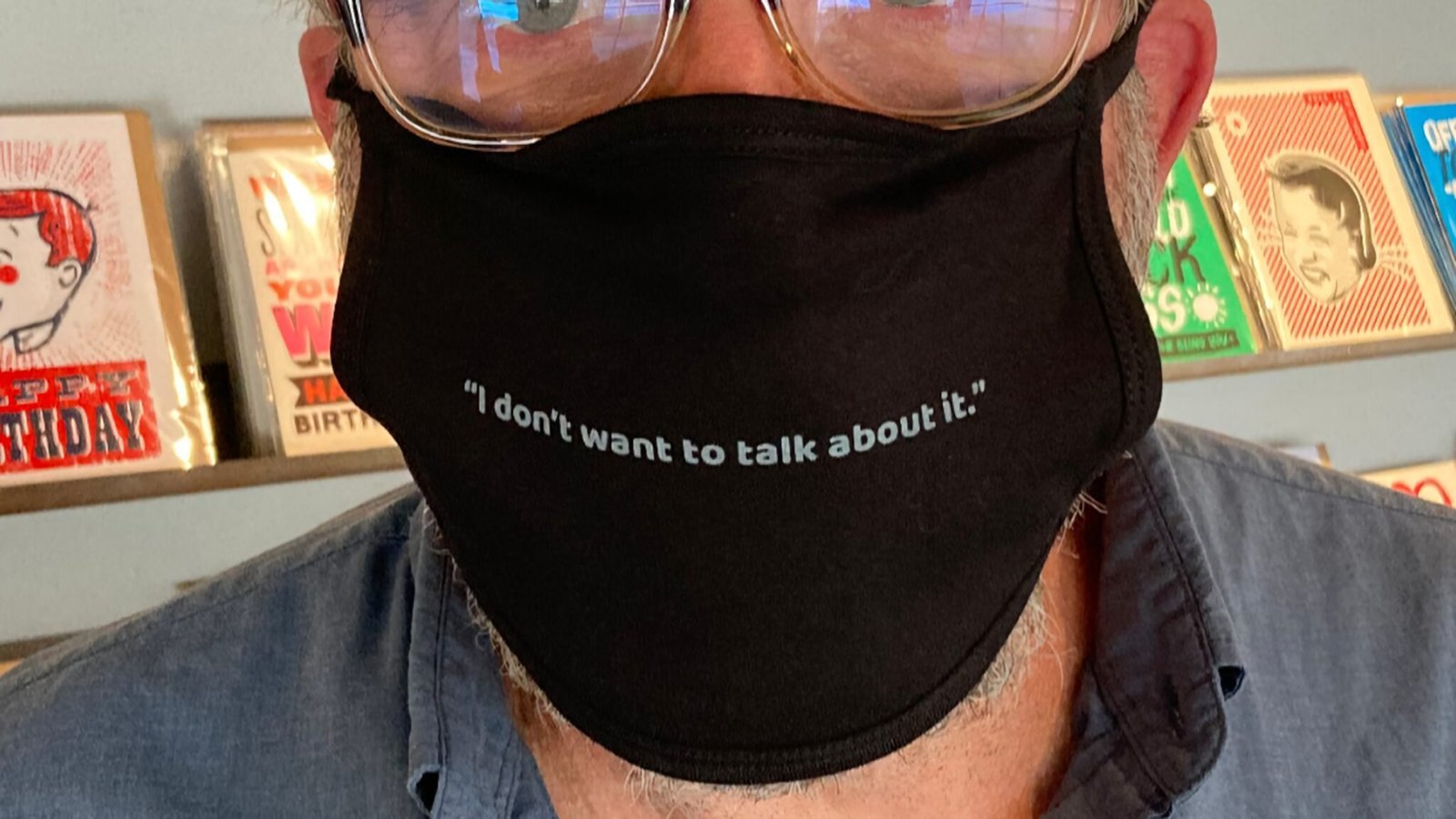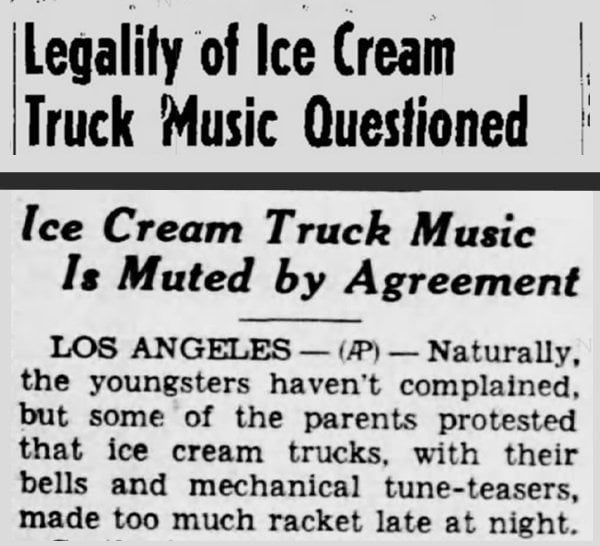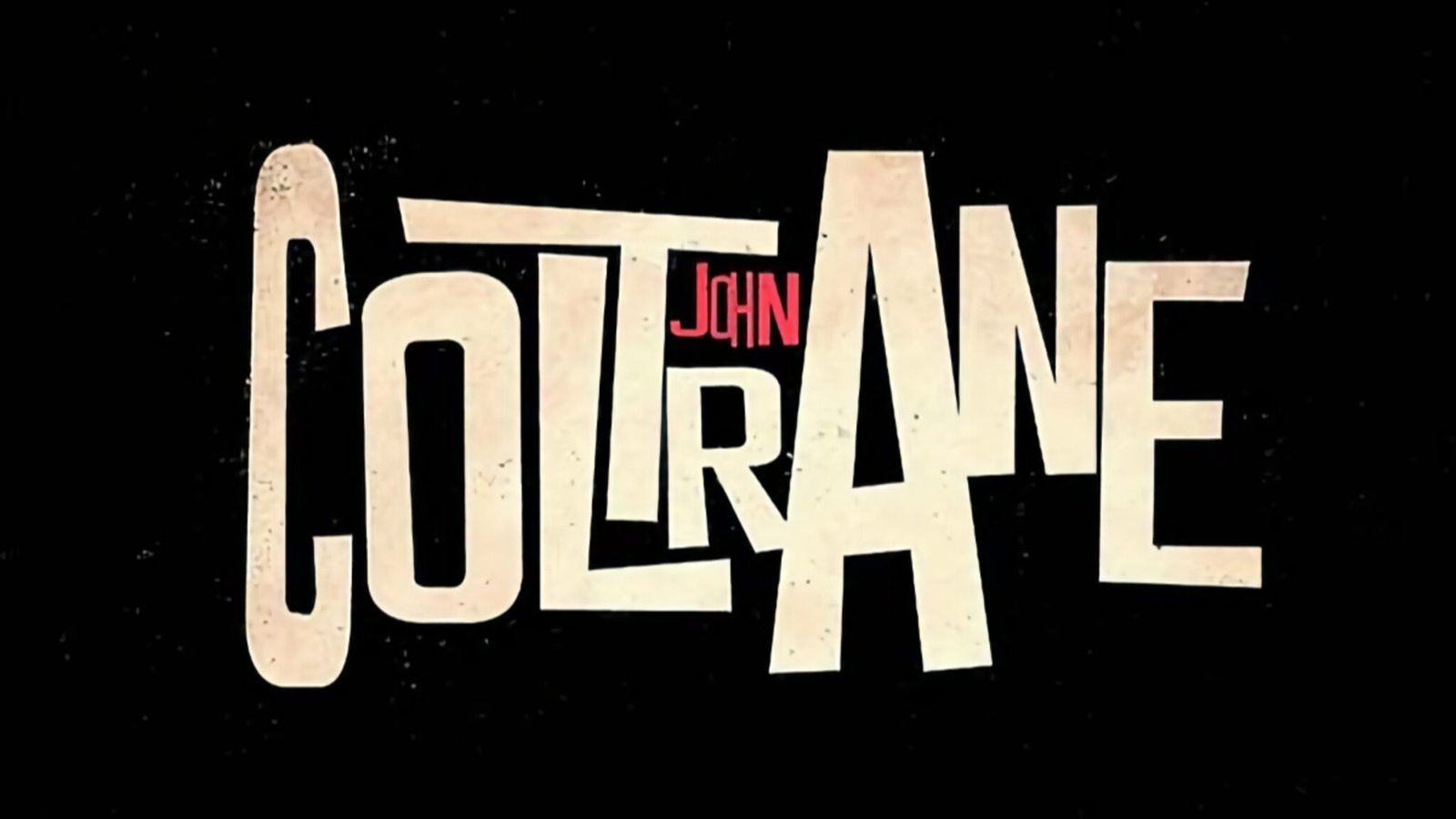One More Post About Stress and Creativity → I’ve alluded to the challenges and difficulties of putting together a weekly email newsletter, which are the obstructions of creative work, really. Whether writing, music-making, brainstorming, anything requiring the mythical ‘creative juice’ — the stars should be aligned, right? If something’s out of whack, then perhaps it’s not happening. The mood escapes us, and, creatively, we feel like fish flapping on the edge of the dock.
I could probably say it’s felt like this for four years, but COVID-times — coinciding with the launch of my newsletter somehow — exaggerates the mental forecast for dark clouds. A few of you have picked up on these feelings, responding to confirm the matching weather in your heads. Our challenges aren’t equal, and I’m aware I’m better off in these circumstances than most. But the combination of daily chaos from the White House, a global pandemic, and the duly exacerbated struggles of self-employment weigh heavy. I admit: this stress-fog is the reason the newsletter slowed down its pace to fortnightly. No matter how much I try to keep my brain fresh — news-avoiding, stoic reminders, meditation — the dark clouds find a way to shoo off the ideas. And the motivation to go along with them.
So how do I feel today? Probably, like you, a bit better. Damon Krukowski tweeted yesterday that Boston’s 4.2 earthquake was actually “everyone jumping out of bed with energy for the first time in 4 years.” I don’t know how long this lasts — the daily chaos is already starting to resume, battering us for at least a couple of months. The pandemic is scarier than it’s ever been. And I’m still a self-employed person balancing the financial precipice. But on at least one or two of those points, I see some hope, and I didn’t feel that way several days ago. Any relief is sweet relief, and my creative process is thankful.
I decided to use this blog and my newsletter as a respite from all this turmoil. That’s why I haven’t spoken about it much and why it feels weird writing about it now. And I don’t want to make it all about me, either. But I feel like it’s a good possibility you’ve been going through the same challenges. You might also feel less ‘weighted’ today. Again, that doesn’t mean it’s easier from here out — creation is hard even in the best of times. But any ray of light helps shine through those clouds, doesn’t it? Onward.
——————
Speaking of my Email Newsletter → Will Sumsuch let loose a bunch of lovely words about Ringo Dreams of Lawn Care in the new issue of 5 Mag. He calls my newsletter “a neatly packaged antidote to our horrendously homogeneous musical landscape” and “like an artistic self-help guide.” Can you see me blushing through the email? I hope to live up to those accolades as rev back up to my weekly broadsides. Thanks, Will! The latest issue of 5 Mag is only available to subscribers right now, but you can download it for $2.99. You should! It’s rad, and, as usual for the publication, it features a lot of informative underground dance music content to grok. [LINK]
——————
Pylon – Box → The best band I ever saw live (and I didn’t even get to see them in their early ’80s prime) has a wonderful box set out. It’s Pylon, and it’s called Box. Sasha Frere-Jones wrote some great words about it on 4Columns, including this thinly disguised call-to-arms: “These recordings demonstrate how powerful the idea of punk was as liberation, not in the sense of political emancipation but as a license to start from scratch.” Anyway, you could do worse than put on Pylon today or any day. “These kids listen to dub for breakfast.” You can listen to (and buy) Box on Bandcamp or those streaming spots. [LINK]



